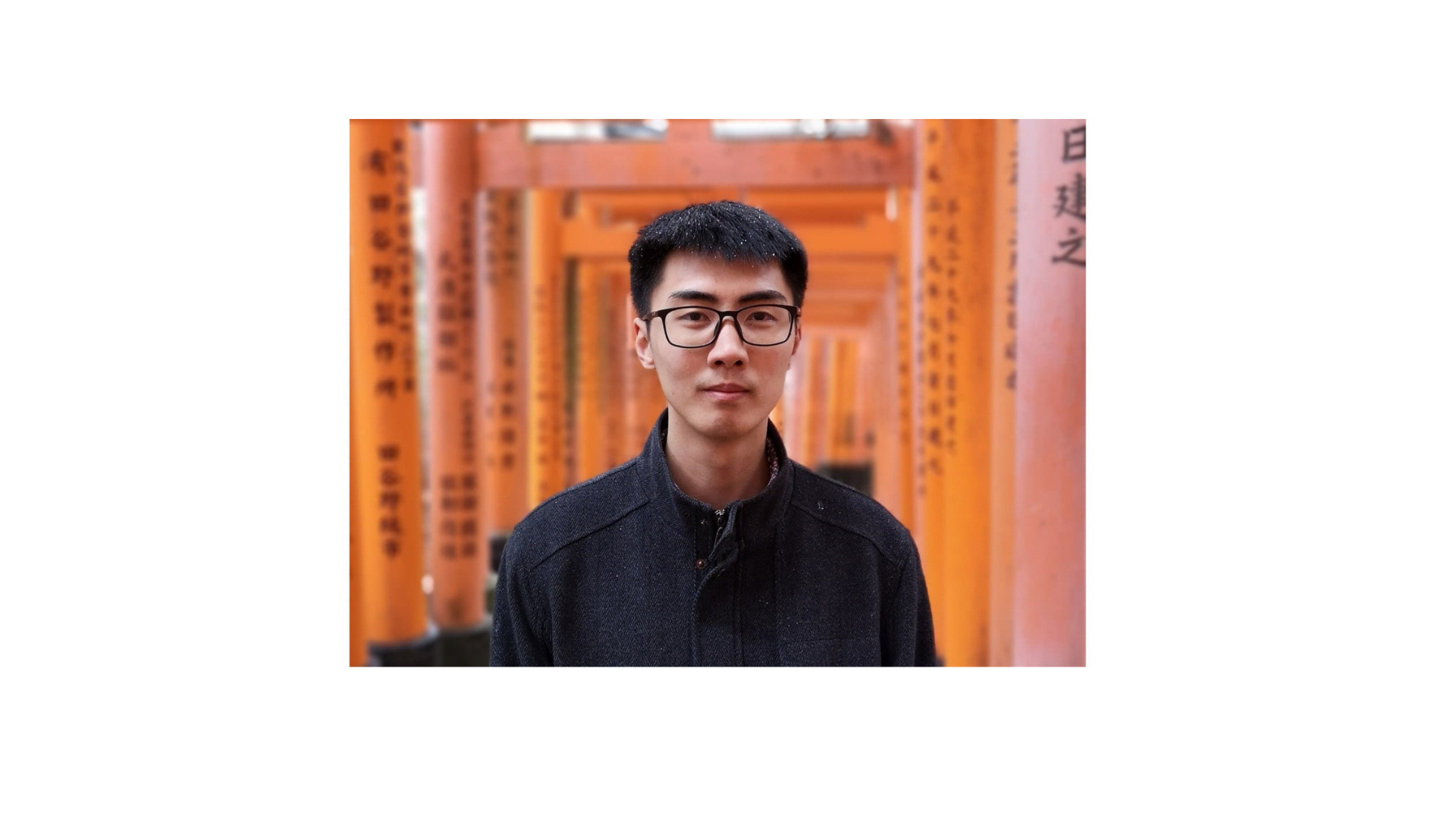4 Minute read
This research project seeks to improve the efficiency and effectiveness of sodium MRI, an innovative medical imaging technique.
The goals of this research project are to:
- Find methods to improve the quality of images produced by sodium MRI
- Find methods to decrease the length of time it takes to produce said images.
The details
Sodium Magnetic Resonance, also known as Sodium MRI, is a medical imaging technique that is rising in popularity. It uses strong magnetic fields to generate images of sodium distribution in the human body. Sodium Magnetic Resonance has the advantage of providing information that traditional MRIs, which utilises hydrogen/protons, cannot. However, there still exist challenges that hinder the operational effectiveness of this technique. A major challenge is that the signal available for imaging sodium is much weaker than its proton MRI counterpart. This results in a much longer scan time required to produce high-resolution images. This project aims to tackle this challenge by exploring how we can increase the quality of images produced by sodium MRI or decrease the time it takes to produce sufficiently clear images.
Both the Institute of Neuroscience and Medicine at FZJ and the Melbourne Brain Centre Imaging Unit at UoM have expertise in sodium MRI acquisition and analysis, and high-field MRI scanners equipped with the required hardware. The technique will be used to better understand the healthy brain and to derive biomarkers for translational application to epilepsy and traumatic brain injury.
Graduate researcher profile: Chengchuan Wu

Chengchuan is a joint PhD candidate in the biomedical engineering department. He recently completed a Master of Engineering at the University of Melbourne, and has a Bachelor of Biomedical Engineering degree from Sun Yat-sen University, China. His previous research focused on quantitative susceptibility mapping, which can be used to infer the iron distribution in the human brain. Over the past year, he explored ways to suppress image artifacts and improve the mapping result. He is interested in modelling, acquisition sequences and post-processing algorithms for sodium MRI.
Chengchuan finds Melbourne to be a food heaven with a great variety of cuisines from all around the world (Chinese, Greek, Italian, Korean… you name it). He enjoys travelling in the city and trying different restaurants to satisfy his hunger. He also loves the outdoor activities in Victoria including star-gazing by Lake Tyrell.
Supervision team
- The University of Melbourne: Prof Leigh Johnston
- Forschungszentrum Jülich: Dr Catherine Davey
First published on 31 March 2022.
Share this article
Keep reading
-
Studying how calcium channel blockers can protect against brain disease
How can we optimise a calcium-blocking compound to treat Alzheimer's?
-
The role of attention in predictive visual motion processing
How does attention affect predictive mechanisms in our visual cortex?
-
Evaluating the effects of ACLR in day to day activities
How does ACL reconstruction surgery affect day-to-day activities.
-
Polymerisation in green solvents
How can we produce polymers in a more environmentally friendly way?